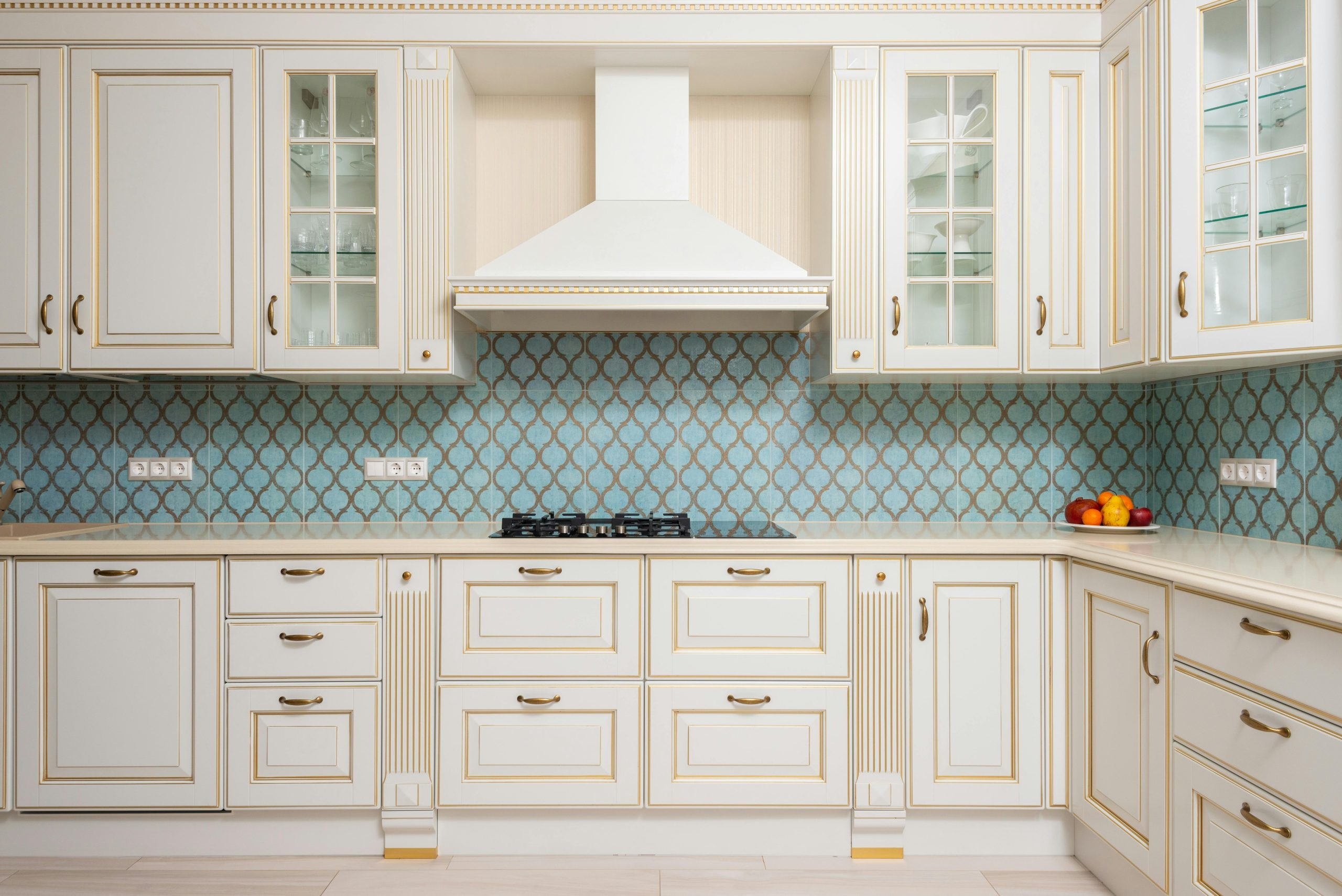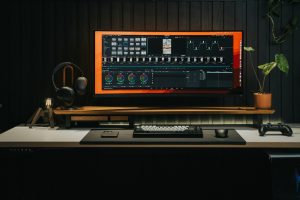3D-Printed Appliance Manufacturing: Rapid Prototyping and Customization
The manufacturing industry has undergone a major transformation in recent years, with the introduction of 3D printing technology. This revolutionary technology allows for the creation of complex and customized products at a faster and more affordable rate, making traditional manufacturing methods seem outdated. In particular, 3D printing has had a significant impact on the appliance industry, with the rise of 3D-printed appliance manufacturing offering new possibilities for rapid prototyping and customization. In this article, we will explore the benefits and applications of 3D-printed appliance manufacturing – from its role in creating prototypes to its impact on customization and personalization in the industry.
The Rise of 3D-Printed Appliance Manufacturing
In traditional appliance manufacturing, the process can be slow, expensive, and limited in terms of design and customization options. However, with 3D printing, appliances can now be created in a matter of hours rather than weeks, making the production process much more efficient and cost-effective. This has opened up new opportunities for manufacturers to create innovative and highly customized products, without compromising on quality or functionality.
A 3D printer works by layering materials – such as plastic, metal, or even food – to create a three-dimensional object based on a digital design. This additive manufacturing process eliminates the need for traditional molds or dies, which can be both costly and time-consuming to produce. As a result, manufacturers can easily modify and optimize their designs, leading to improved functionality and reduced material waste.
Rapid Prototyping with 3D Printing Technology
One of the major advantages of 3D-printed appliance manufacturing is its ability to quickly produce prototypes. With traditional manufacturing methods, creating a prototype can take weeks or even months, involving multiple rounds of revisions and costly resources. However, with 3D printing, manufacturers can design, test, and modify prototypes in a matter of days, significantly reducing the time and cost associated with the prototyping process.
Moreover, 3D printing allows for rapid prototyping throughout the entire design and development process, enabling manufacturers to identify and address any potential issues early on. This not only speeds up the production process but also improves the overall quality of the final product. As a result, 3D printing has become a vital tool for manufacturers to stay competitive in a fast-paced market, where consumers are constantly demanding new and improved products.
Customization and Personalization in Appliance Manufacturing
Another significant advantage of 3D printing in appliance manufacturing is its ability to offer unlimited customization options. Consumers today are looking for more than just functional appliances – they want products that reflect their personal style and needs. 3D printing allows manufacturers to create unique designs and tailor products to the specific requirements of their customers.
For instance, in the kitchen appliance industry, where the demand for personalized products is high, 3D printing technology has opened up new possibilities. Manufacturers can now create customized designs in various colors, shapes, and sizes, catering to the individual preferences of their customers. This not only strengthens brand loyalty but also increases customer satisfaction and retention.
The Future of 3D-Printed Appliance Manufacturing
As 3D printing technology continues to evolve and become more accessible, we can expect to see a wider range of applications in the appliance manufacturing industry. With the ability to create complex structures and use a variety of materials, 3D printing has the potential to revolutionize product design and production in the industry. It also offers a more sustainable and environmentally friendly approach to manufacturing, as it reduces waste and uses fewer resources than traditional methods.
In conclusion, 3D-printed appliance manufacturing is rapidly changing the way we design, produce and customize household appliances. With its many benefits, including rapid prototyping, customization options, and sustainability, this technology is poised to become an essential tool for manufacturers looking to stay ahead in a constantly evolving market. As consumers continue to demand products that are both highly functional and personalized, we can expect to see the rise of 3D printing in the appliance industry to continue in the coming years.








